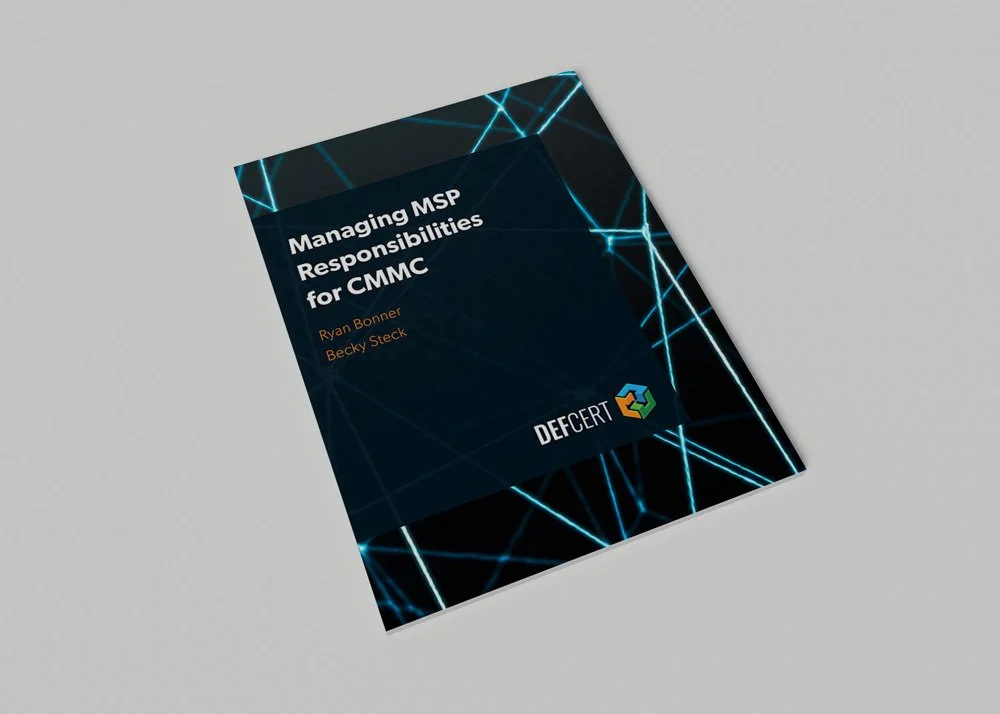
COMPLIANCE CONSULTING
CMMC | DFARS | NIST
about
The DEFCERT team discovers and delivers new ways for the defense industrial base (DIB) and government contractors to meet their contractual and regulatory obligations for data protection. These efforts include compliance with DFARS safeguarding clauses, implementation of NIST special publications, and future assessment under the Cybersecurity Maturity Model Certification (CMMC).
DEFCERT primarily works with defense contractors, manufacturers, economic development organizations, managed IT service providers, and technology companies offering solutions to the DIB.
-

Ryan Bonner
Founder and CEO
Ryan has led DFARS and CMMC compliance transformation projects for over 150 manufacturers in the Defense Industrial Base. Ryan specializes in designing CMMC implementation plans for small and medium-sized manufacturers who utilize third-party IT service providers.
Ryan is a Marine Corps veteran with over 13 years of experience in IT security. As one of the first CMMC Provisional Assessors, Ryan has leveraged his unique insight and experience to bring context to CMMC in manufacturing environments.
Ryan has partnered extensively with the NIST Manufacturing Extension Partnership (MEP) National Network in developing and teaching DFARS and CMMC compliance training programs across the country.
-

Joe Scholefield
Director of Compliance
Joe uses his over two decades of experience in IT & Cybersecurity to translate requirements into practical strategies. Joe has worked in a number of vital roles in cybersecurity & compliance consultation and IT operations. He has also spearheaded enterprise compliance initiatives in organizations both large and small.
Holding a CMMC Certified Professional (CCP) certification, Joe brings a wealth of experience to guide you through the intricacies of cybersecurity implementation.
Resources
Managing MSP Responsibilities for CMMC
Whitepaper
CMMC and Split Tunnels
Whitepaper
A Banquet of Consequences
Slide Deck



